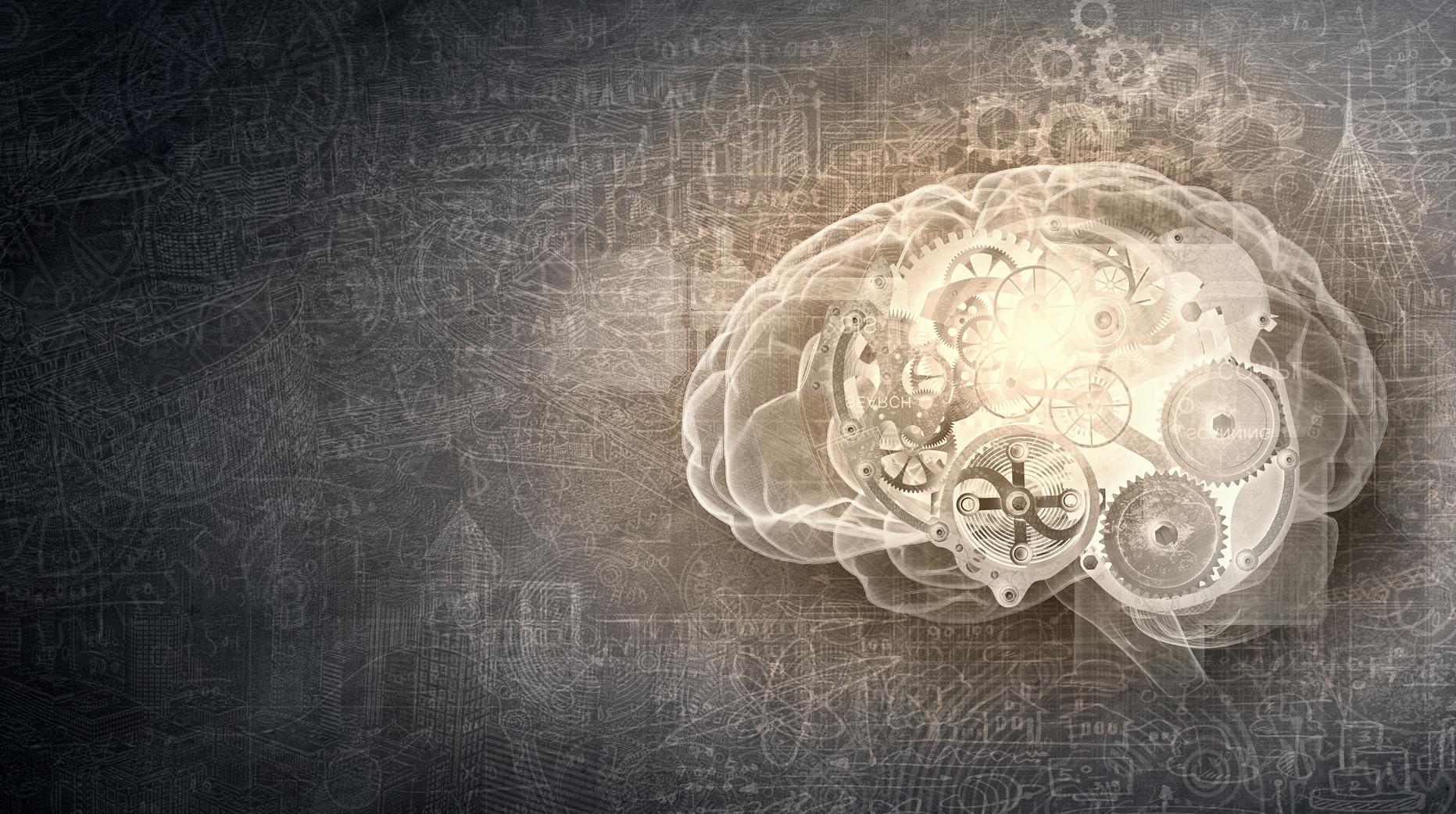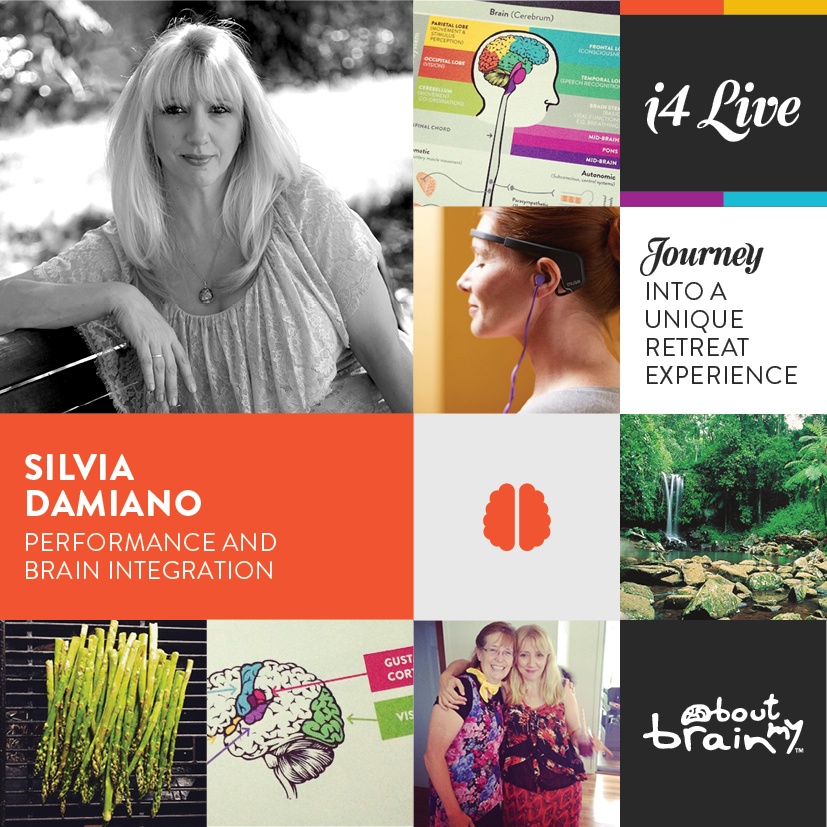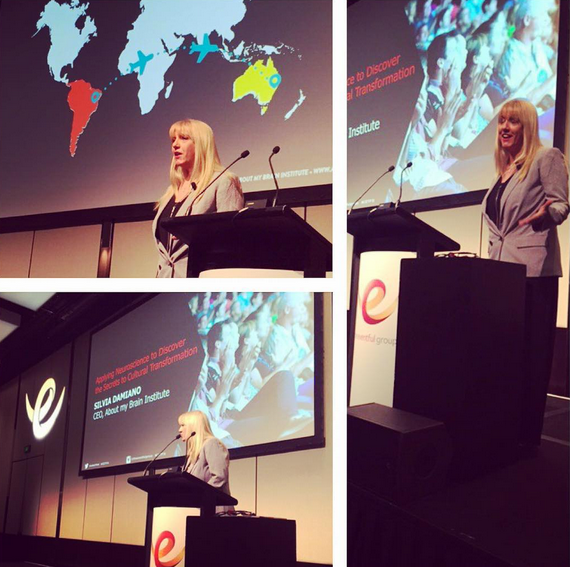Searching For Dopamine
We recently caught up with  , scientist, author, speaker, award winning leadership expert. Silvia's curiosity about the human brain led her to a decade long journey of research into optimal brain functioning & the application of neuroscience in leadership and daily life.
, scientist, author, speaker, award winning leadership expert. Silvia's curiosity about the human brain led her to a decade long journey of research into optimal brain functioning & the application of neuroscience in leadership and daily life.
Silvia, it’s great to meet you again today. Tell me how your work, and customer experience project fit together. How valuable is your work to the Customer Experience environment?
If you take the most basic approach, we all have a brain, and people either approach you because you are giving them something that their brain needs, or they go away because they are not receiving either the attention or the service, or whatever it is that they're requiring.
In the old days, we might talk about the psychology of the customer. But today we have much more information to understand some of these reactions. Today, we are able to measure reactions of how a person will respond to a particular ad or product, and we actually can see in the brain how that reaction manifests.
Can the success of customer experience processes be measured in brain reaction?
Absolutely. In the middle of the brain, there are two pieces of very old tissue called Amygdala, which are the centers of the brain where fear and anxiety manifest.
So taking Customer Experience as an example, if a customer is not getting what they need from an organisation or service, then they go away, to another organisation or company or someone that's giving them a better service. Or conversely they stay and fight and really spoil the relationship with you. Will the customer speak to you to correct this issue…probably not.
Does a good customer experience create a special reaction in the same part of the brain?
So let me explain. The limbic brain is where the amygdala is the main protagonist. And then there's another functional network called a "reward circle". The reward circle is where the brain feels satisfied or rewarded by whatever is happening around it. This in turn generates dopamine, the chemical of pleasure, the chemical of desire.
So when we get what we want through food or service or something that pleases us, these reward circles, or functional networks become activated and we feel good about our experience.
So, some of the latest advancements in the neuro-marketing area is exactly that, "How can we create more dopamine shots for the client by colour or by attracting needs or by exceeding their expectation, so they come back to us and they remain loyal?
In your session at the Customer Experience Tech Fest you will talk about cultural transformation. In your work, what are the biggest negatives that organisations fall over when they're trying to achieve this transformation?
If leaders are self-centred they often don’t tune in to either their customers or staff. If their customer facing staff aren’t being heard then the customer relationship suffers. Essentially they are missing the whole point of improving customer experience.
These staff have reward circles, so if you treat them well, their contact with the external customers are more likely to deliver the best customer experience for your organization because they feel rewarded. Its a game of brain reaction!!
Practising what you preach all the way through the organisation?
Yeah, if you remember in "Maslow's Hierarchy of Needs", it was based on the theory that we all need to satisfy our survival needs first. In reality, based on the latest neuroscience findings, we now know that the first important aspect is to feel a sense of belonging.
Humans have a deep desire to belong, even more important than being fed. Since we are babies, we need to feel nurtured and taken care of, in order for our brains to feel at ease. As soon as the needs of our “social brain” are not taken into consideration, the brain starts to behave differently.
If you could provide one tip to organisations, what would it be?
Treat the brain of your customers like you would want your brain to be treated. It’s almost how to develop a tribe, by understanding the brain of others, because what you want is followership. You want the people internally and externally to follow your vision, and achieve the strategy that you have planned.
Silvia Damiano presenting at the 2015 Customer Experience Tech Fest
Interview Originally Published here.
Written by Ian Collier, Program Director at The Eventful Group.
- i4 Neuroleader (353)
- Leadership & Culture (325)
- Brain Health & Wellbeing (202)
- Innovation (97)
- Performance (85)
- Our News (80)
- Collaboration (68)
- Agility (53)
- Practitioner Stories (44)
- In The Press (36)
- Make Me A Leader (33)
- Balance (31)
- Integration (30)
- Imagination (29)
- Awareness (23)
- Brain-Friendly Channel (22)
- Communication (22)
- Curiosity (21)
- Inspiration (19)
- Intuition (19)
- Attitude (17)
- Courage (16)
- Adaptability (14)
- Case Studies (14)
- Drive (14)
- Generosity (13)
- Brain-Friendly Leadership (11)
- Ethics (9)
- Mental Readiness (9)
- Influence (8)
- Retreat (6)
- Brain-Friendly Leadership (1)
- Oracle Cards (1)
- 1 April 2025 (1)
- 1 March 2025 (9)
- 1 February 2025 (3)
- 1 September 2024 (4)
- 1 July 2024 (2)
- 1 June 2024 (6)
- 1 May 2024 (2)
- 1 April 2024 (3)
- 1 March 2024 (1)
- 1 November 2023 (1)
- 1 August 2023 (1)
- 1 July 2023 (2)
- 1 June 2023 (2)
- 1 May 2023 (4)
- 1 April 2023 (2)
- 1 March 2023 (7)
- 1 February 2023 (4)
- 1 January 2023 (1)
- 1 September 2022 (1)
- 1 May 2022 (3)
- 1 April 2022 (1)
- 1 March 2022 (5)
- 1 February 2022 (4)
- 1 January 2022 (4)
- 1 December 2021 (2)
- 1 November 2021 (4)
- 1 October 2021 (3)
- 1 September 2021 (6)
- 1 August 2021 (1)
- 1 April 2021 (1)
- 1 December 2020 (2)
- 1 November 2020 (1)
- 1 September 2020 (1)
- 1 August 2020 (1)
- 1 July 2020 (3)
- 1 June 2020 (4)
- 1 May 2020 (3)
- 1 April 2020 (4)
- 1 March 2020 (6)
- 1 February 2020 (4)
- 1 January 2020 (2)
- 1 December 2019 (3)
- 1 November 2019 (3)
- 1 October 2019 (5)
- 1 September 2019 (4)
- 1 August 2019 (4)
- 1 July 2019 (4)
- 1 June 2019 (5)
- 1 May 2019 (9)
- 1 April 2019 (9)
- 1 March 2019 (8)
- 1 February 2019 (7)
- 1 January 2019 (8)
- 1 December 2018 (5)
- 1 November 2018 (10)
- 1 October 2018 (16)
- 1 September 2018 (9)
- 1 August 2018 (10)
- 1 July 2018 (9)
- 1 June 2018 (8)
- 1 May 2018 (9)
- 1 April 2018 (9)
- 1 March 2018 (9)
- 1 February 2018 (8)
- 1 January 2018 (8)
- 1 December 2017 (6)
- 1 November 2017 (9)
- 1 October 2017 (9)
- 1 September 2017 (8)
- 1 August 2017 (10)
- 1 July 2017 (8)
- 1 June 2017 (8)
- 1 May 2017 (9)
- 1 April 2017 (8)
- 1 March 2017 (6)
- 1 January 2017 (3)
- 1 December 2016 (4)
- 1 November 2016 (5)
- 1 October 2016 (4)
- 1 September 2016 (2)
- 1 August 2016 (4)
- 1 July 2016 (4)
- 1 June 2016 (2)
- 1 May 2016 (3)
- 1 April 2016 (3)
- 1 March 2016 (7)
- 1 February 2016 (2)
- 1 January 2016 (5)
- 1 December 2015 (2)
- 1 November 2015 (2)
- 1 October 2015 (4)
- 1 September 2015 (2)
- 1 August 2015 (2)
- 1 July 2015 (1)
- 1 June 2015 (3)
- 1 May 2015 (4)
- 1 April 2015 (5)
- 1 March 2015 (3)
- 1 February 2015 (3)
- 1 January 2015 (3)
- 1 December 2014 (3)
- 1 November 2014 (3)
- 1 October 2014 (3)
- 1 September 2014 (5)
- 1 August 2014 (4)
- 1 July 2014 (5)
- 1 June 2014 (3)
- 1 May 2014 (1)
- 1 March 2014 (1)
- 1 December 2013 (2)
- 1 November 2013 (1)
- 1 July 2013 (1)
- 1 June 2013 (1)
- 1 May 2013 (3)
- 1 April 2013 (1)
- 1 March 2013 (2)
- 1 February 2013 (1)
- 1 January 2013 (2)
- 1 November 2012 (1)
- 1 October 2012 (1)
- 1 September 2012 (1)
- 1 August 2012 (2)
- 1 July 2012 (1)
- 1 June 2012 (1)
- 1 May 2012 (2)
- 1 April 2012 (1)
- 1 February 2012 (1)
- 1 January 2012 (1)
- 1 November 2011 (1)
- 1 October 2011 (3)
- 1 September 2011 (2)
- 1 July 2011 (1)
- 1 June 2011 (1)
- 1 May 2011 (1)
- 1 April 2011 (1)
- 1 March 2011 (1)
- 1 February 2011 (2)
- 1 January 2011 (4)
- 1 December 2010 (4)
- 1 November 2010 (3)
- 1 October 2010 (5)
- 1 September 2010 (4)
- 1 August 2010 (4)
- 1 July 2010 (3)
- 1 June 2010 (4)
- 1 May 2010 (7)
- 1 April 2010 (5)
Subscribe by email
You May Also Like
These Related Stories

Are Your Cogs Working Properly?

Our Founder Silvia On The Mojo Radio Show




No Comments Yet
Let us know what you think